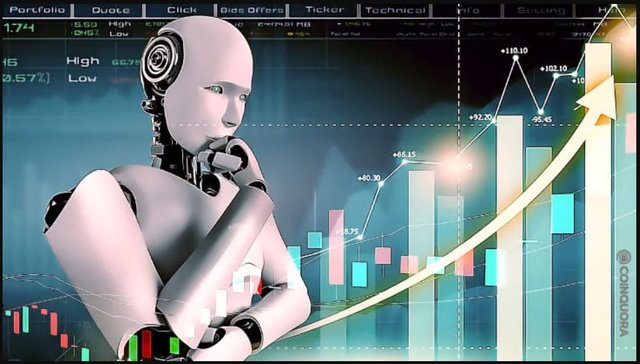Algorithm vs Liquidity In Determining Price (Part 2)

Algos used by smart money break up large orders in to smaller chunks and funnel them to multiple liquidity providers (market makers) for fulfillment since forex is decentralized. If there is enough liquidity (buyers and sellers) to open/close positions at a certain price then it is done at that price. When liquidity is low or there aren't enough buyers and sellers at the current price, the market maker's algo has to fill these received orders where there is enough liquidity based on available buyers and sellers. The algos move very quickly which can deplete available buy or sell orders rapidly leaving unfilled counter party orders in its wake which defines liquidity voids (imbalance).
Algo adjustments to meet buyers and sellers at their price is perceived as a stop hunt but it's just economics.
Example: If I must sell something and I want to sell it for $100 but no one is willing to pay $100, I would have to look for buyers willing to pay $95.
If I must buy something and I only want to pay $100 but the seller is charging $105, then I have to pay $105.
Either the buyer crosses the spread to meet the seller or the seller crosses the spread to meet the buyer. When there are limit and stop orders the buyer or seller isn't moving so the liquidity provider has to move to meet these buyers/sellers at their limit or stop order prices (including orders left behind in liquidity voids).
When the orders trigger and price reverses it takes out both buyers and sellers so people call it a hunt, but I'm sure it is intended for actual institutional trading entities because retail traders such as ourselves can not provide the liquidity to be on the other side of every order placed by institutions.
We are simply collateral damage in the battle between financial titans seeking to provide and tap into liquidity.